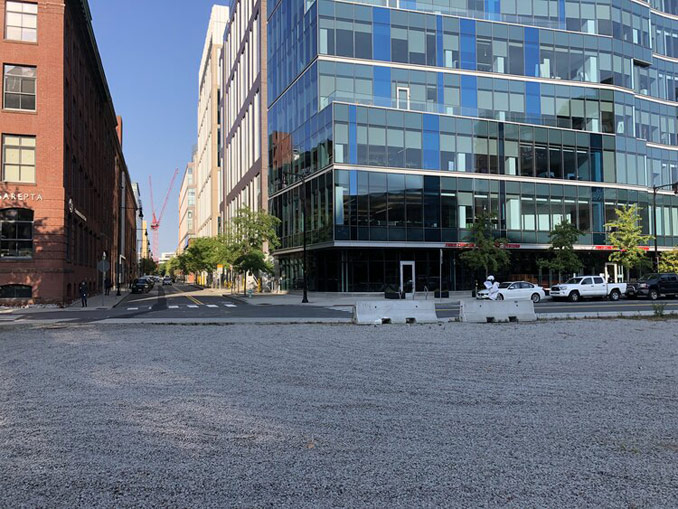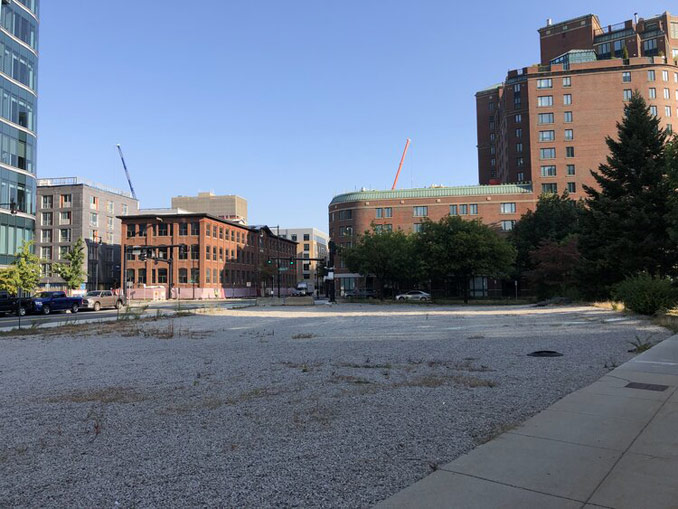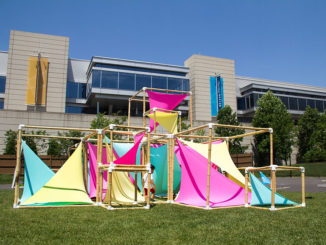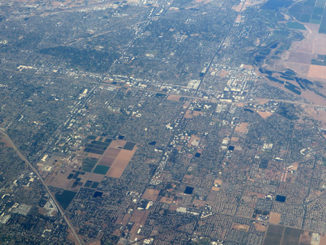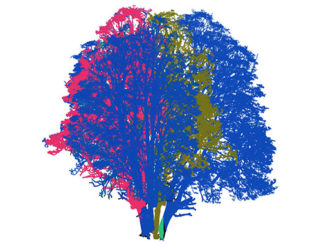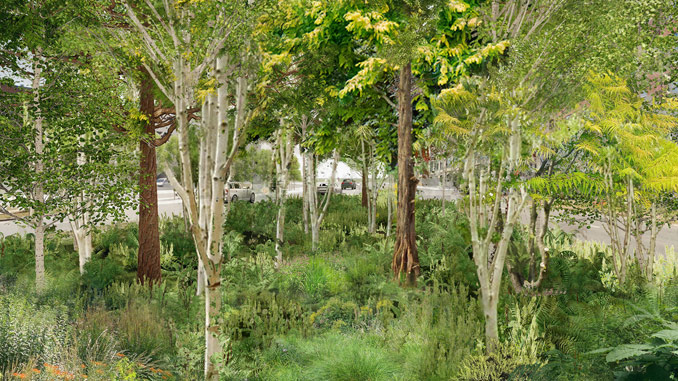
Increasingly, a spotlight is trained on the layered benefits of the urban forest, highlighting the significant impact they can have on everything from climate adaptation to human wellness and mental health. Notwithstanding that trees can improve property values by as much as 15 percent, more critically they are instrumental in the mitigation of urban heat island effect, in improving air quality by absorbing pollutants such as nitrogen oxides, ammonia, sulfur dioxide and ozone, and urban forests are a key green infrastructure tool in the management of stormwater. And, it is critical to note that disadvantaged communities, particularly black, Indigenous and people of color are more impacted by the absence of trees further exacerbating the negative effects of climate change.
We are becoming a more urbanized nation. The U.S. Forest Service identifies urban forests as, “dynamic ecosystems that provide critical benefits to people and wildlife. By reducing noise and providing places to recreate, urban forests strengthen social cohesion, spur community revitalization, and add economic value to our communities.” According to the Los Angeles Urban Forestry division, “a properly selected and maintained tree can reduce summer cooling cost by 10 to 50 percent.” In addition, “trees produce oxygen, and a mature tree can produce enough oxygen annually to meet the needs of a family of four for an entire year.”
It’s no surprise then that municipalities are increasingly developing urban forestry programs to evaluate, maintain and expand the urban forest canopy. The City of Cambridge is no exception and is developing a master plan to provide guidelines, goals, objectives, targets and best practices for the city’s urban forests. As a demonstration, our team is currently working with the city on a naturalized forest habitat in a tough urban context. Triangle Park is one of three small urban parks designed as part of a new open space initiative. As a small ‘leftover’ space within a quickly developing area of Cambridge, this park is surrounded on three sides by highly trafficked roads and dense architecture.
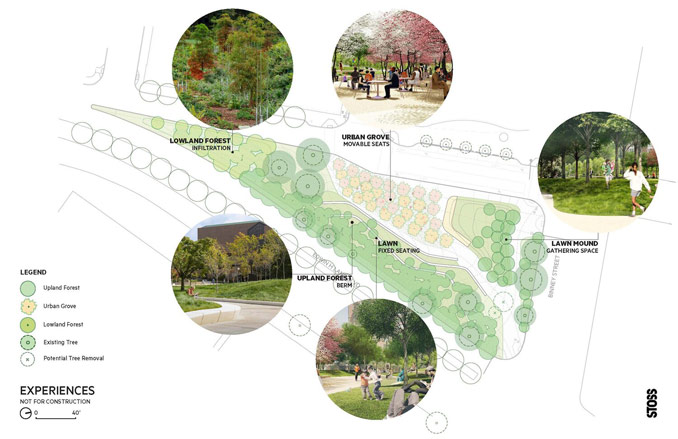
The goal for this 2 acre park was to create a buffer zone from the busy street, but also address urban heat island effect, stormwater management, and biodiversity. The design concept was to bring a naturalized forest habitat into this frenetic urban environment but also provide both passive and active recreation opportunities for those who live and work in the neighborhood. To that end, the natural forest succession and gentle topography are punctuated with a custom concrete bench system with varying profiles that encourage both socialization and the ability to sit quietly and enjoy the lush surroundings.
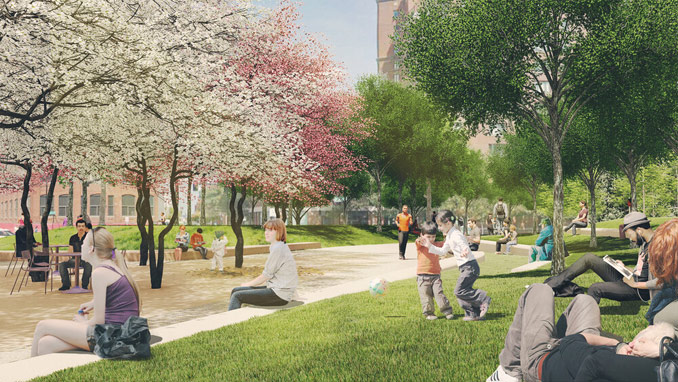
Stoss Landscape Urbanism and Urban Canopy Works were recently selected to develop Boston’s Urban Forest Plan. The 20-year plan will set citywide goals for canopy protection, be responsive to climate change and development, and enhance the quality of life for all Bostonians.
Text & Images: Stoss Landscape Urbanism

